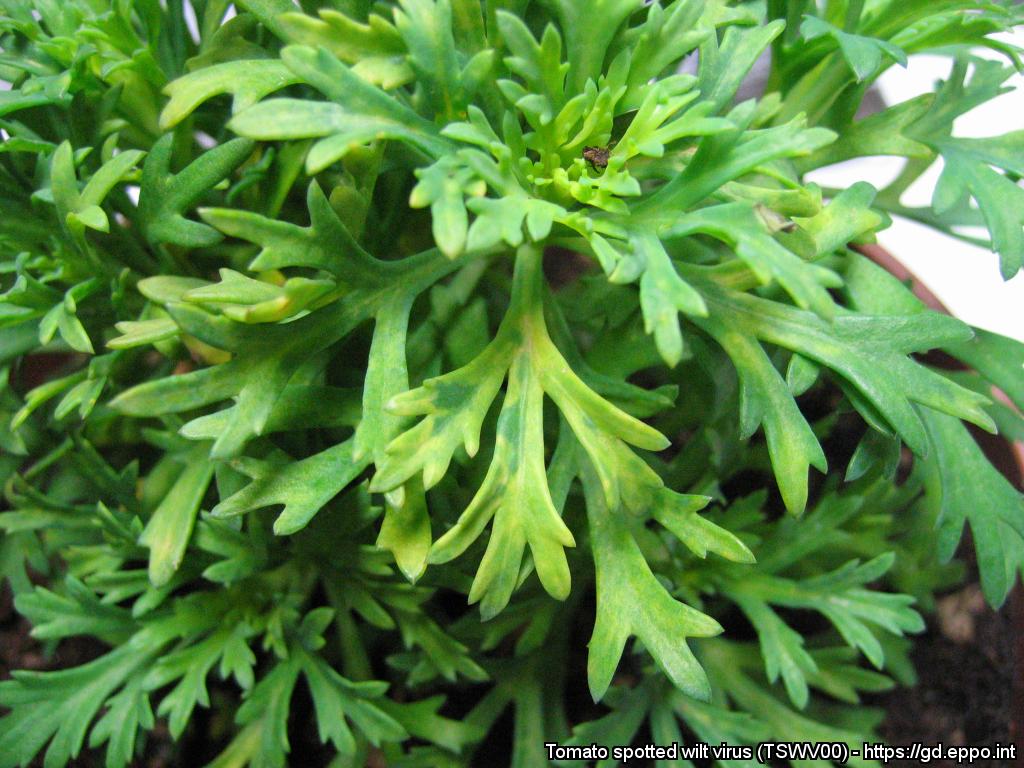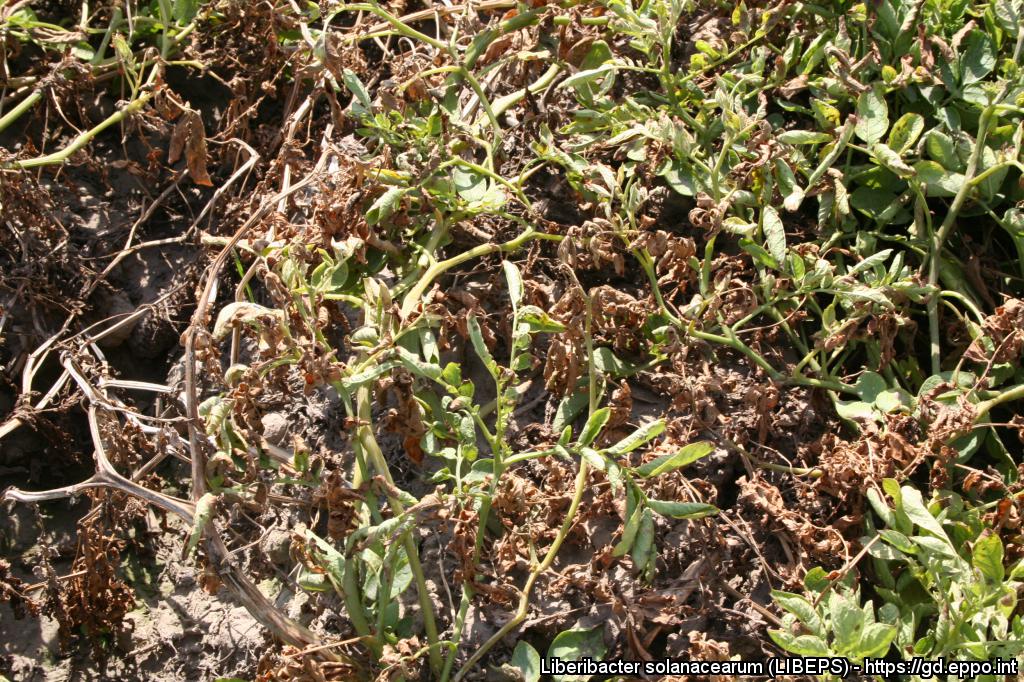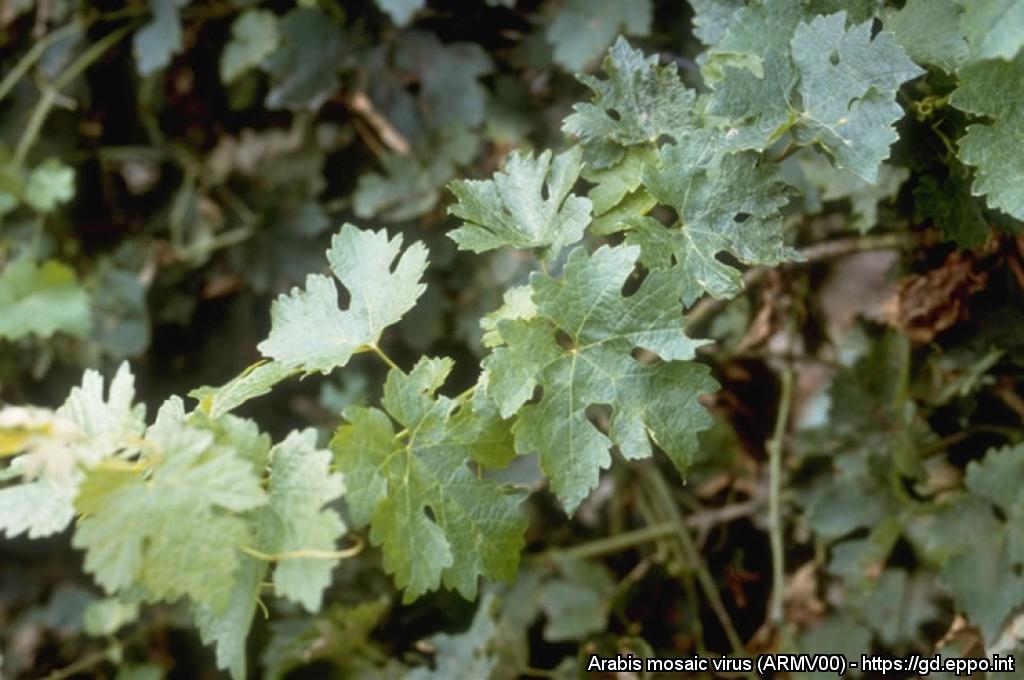What are Regulated Non-Quarantine Pests?
The concept of ‘Regulated Non-Quarantine Pest’ (RNQP) was introduced in the revised text of the FAO International Plant Protection Convention (IPPC) approved in 1997. In this text, a RNQP is defined as ‘a non-quarantine pest whose presence in plants for planting affects the intended use of those plants with an economically unacceptable impact and which is therefore regulated within the territory of the importing contracting party'. Two International Standards on Phytosanitary measures have been developed since:
ISPM 16 Regulated non-quarantine pests: concept and application. This Standard describes the concept of regulated non-quarantine pests and identifies their characteristics. It describes the application of the concept in practice and the relevant elements for regulatory systems.
ISPM 21 Pest risk analysis for regulated non-quarantine pests. This standard provides guidelines for conducting pest risk analysis for regulated non-quarantine pests.
What difference between a quarantine pest and a RNQP?Quarantine pests and RNQPs are both regulated pests, but there are some differences in particular; - Whereas measures for quarantine pests (exclusion, eradication, containment) aim to prevent unacceptable economic, environmental and social impacts resulting from the introduction and/or spread of these pests, those for RNQPs are intended to prevent an unacceptable economic impact on the intended use resulting from the presence of the pest on plants for planting. - Quarantine pests are pest absent from an area, or present but under official control, whereas RNQPs are pests that are already present in an area. - For quarantine pests, no tolerance is accepted in the material being moved (the plant material has to be free from the pest), whereas for RNQPs a level of pest infestation may be tolerated (plants for planting infested over this threshold would result in an unacceptable economic impact).
Left: TSWV (Credit: Dr Andrea Minuto). Middle: 'Candidatus Liberibacter solanacearum' (Credit: Oregon State University). Right: Arabis mosaic virus (Credit: A. Eppler). |
The concept of RNQP in the EU
The concept of RNQP has been implemented in the new EU Plant Health Law, EU Regulation 2016/2031 (in particular article 36 and 37), only for professional operators. In this regulation, [European] Union RNQPs are defined as ‘pests with a clear taxonomic identity’, ‘present in the [European] Union territory’, ‘transmitted mainly through specific plants for planting’, whose presence ‘has an unacceptable economic impact as regards the intended use’, and for which ‘feasible and effective measures are available to prevent their presence on the plants for planting concerned’.
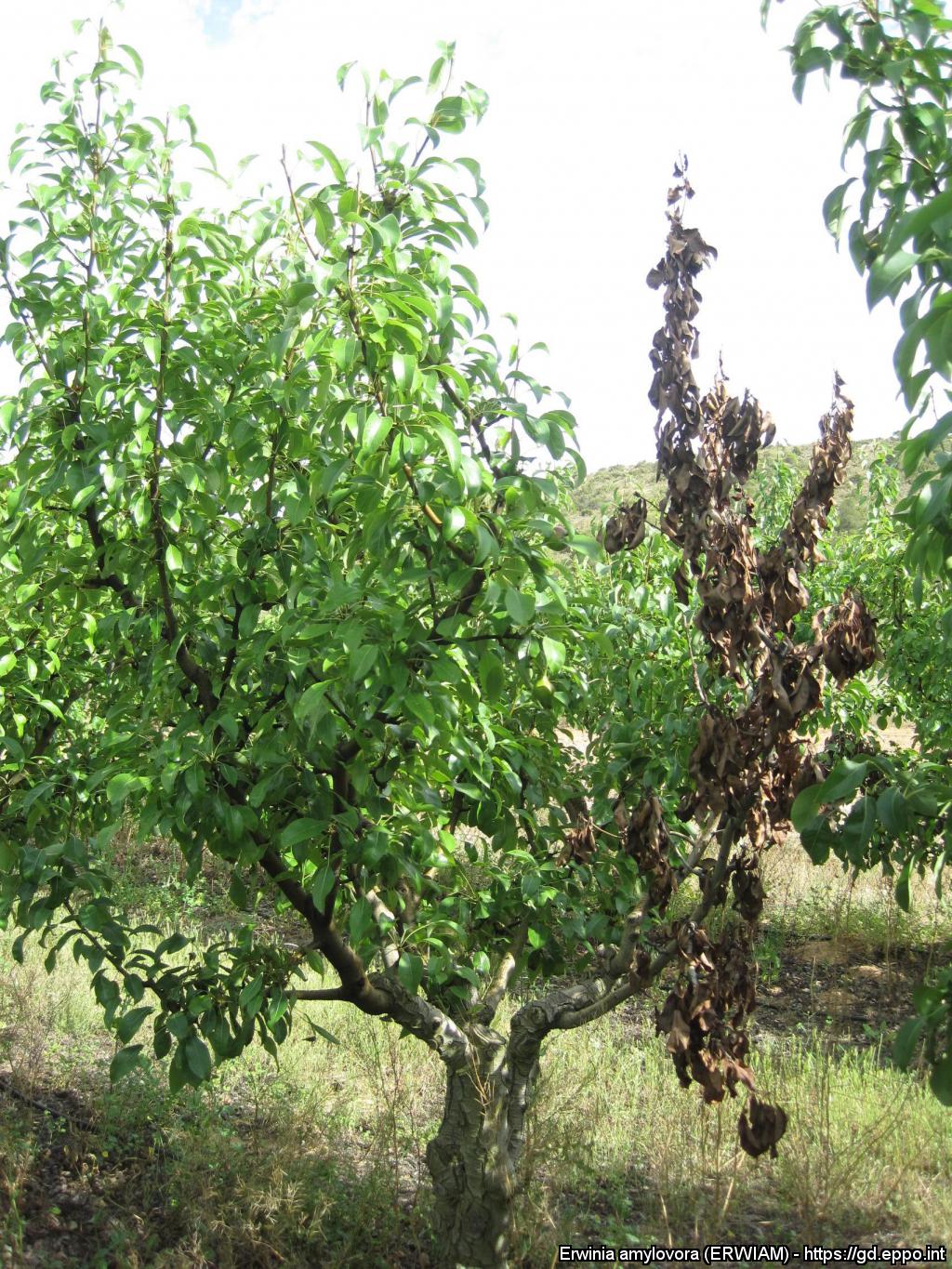
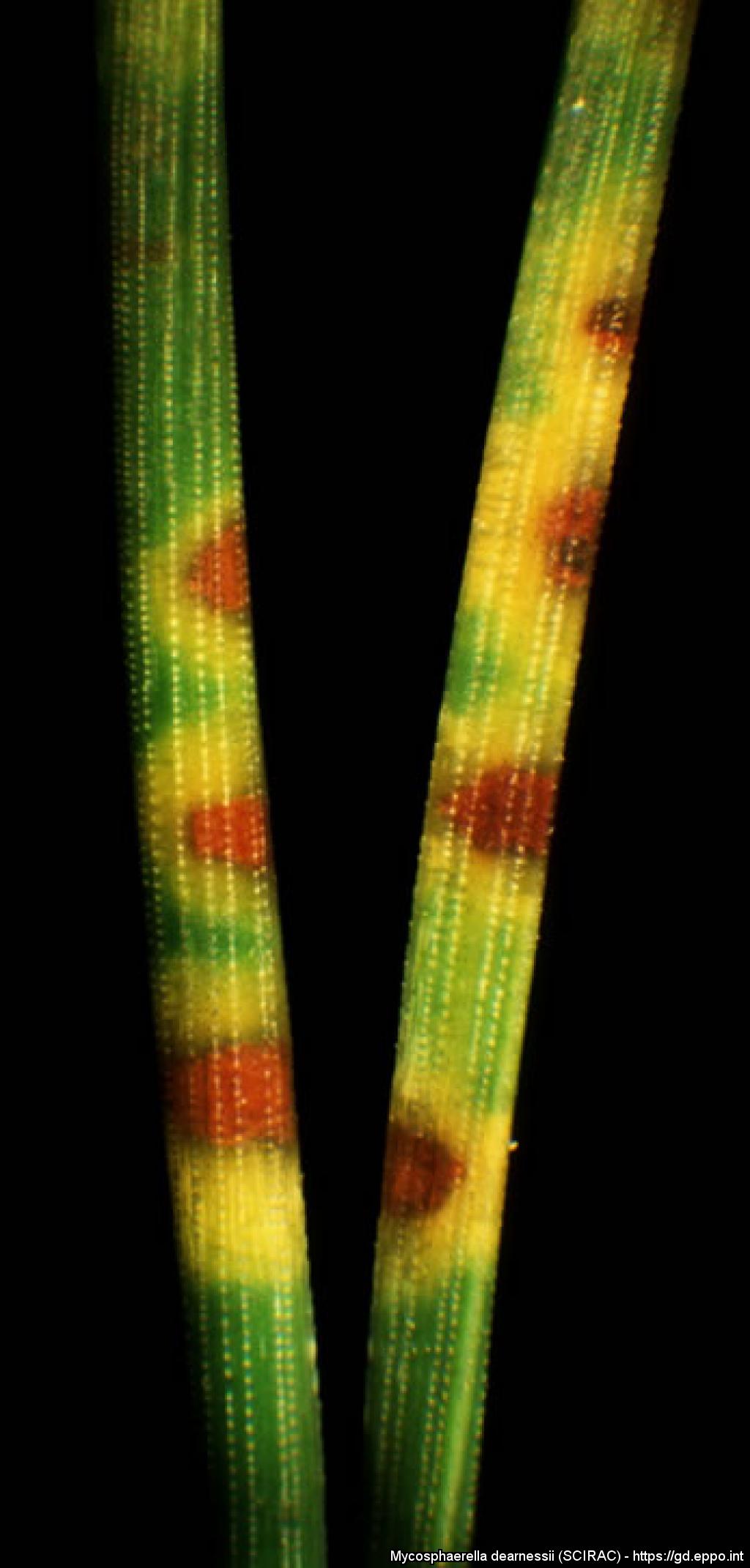
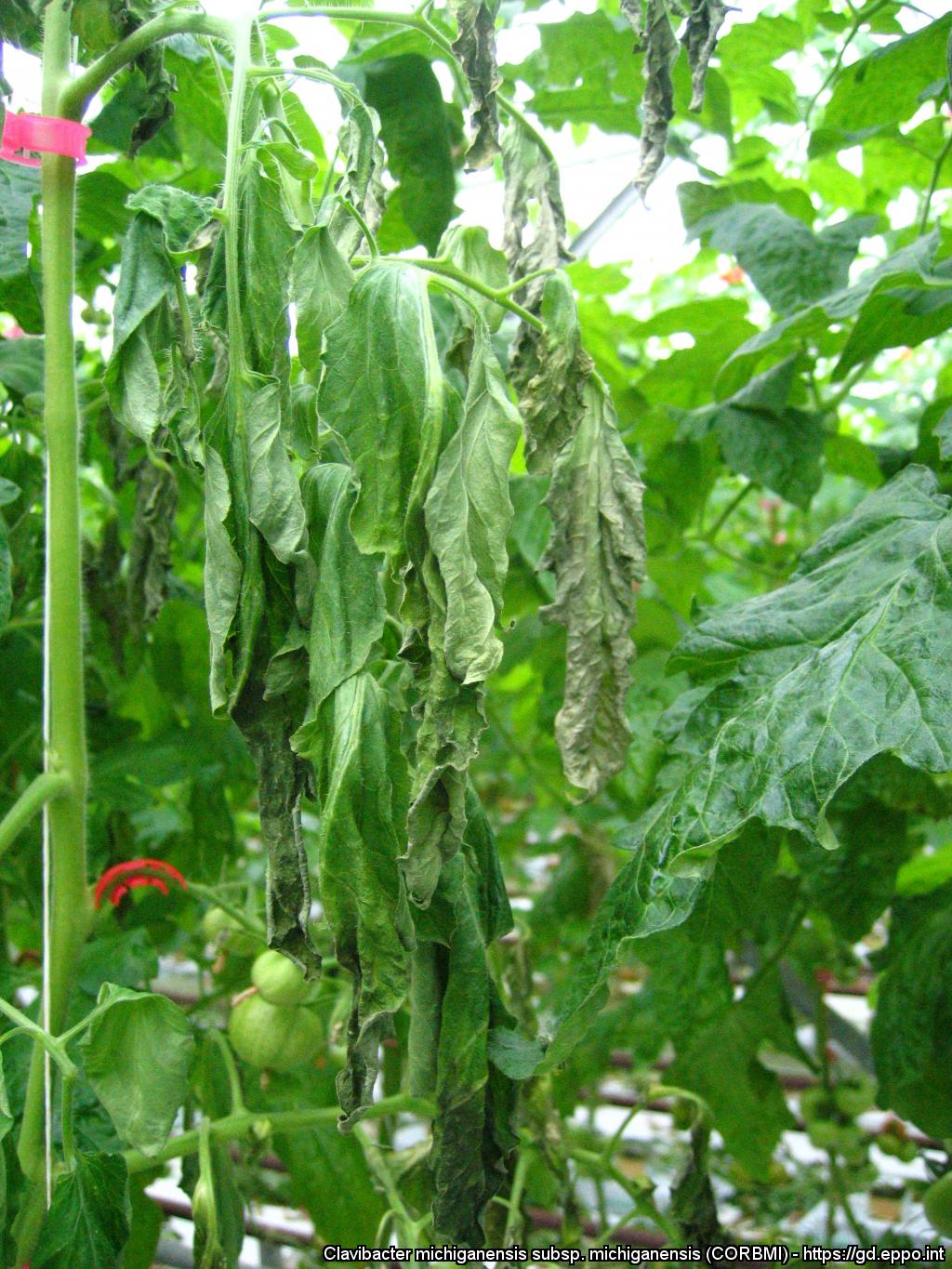
Left: Erwinia amylovora. Middle (Credit: EPPO Global Database). Lecanosticta acicola (Credit: EPPO Global Database). Right: Clavibacter michiganensis subsp. michiganensis (Credit: Dr Andrea Minuto).

